The U.S. Navy released pictures showing destruction in Japan following last week’s 9.0-magnitude earthquake and accompanying tsunami.
2011 Tōhoku earthquake was the strongest on record in Japan. It was the fifth most powerful quake since record-keeping began more than 100 years ago.
The quake caused tens in billions in damages, leaving hundreds of thousands homeless and triggered a nuclear meltdown. More than 10,000 are feared dead.
page 1 | page 2 | page 3
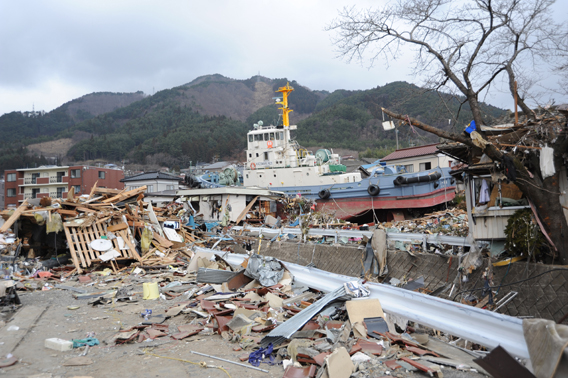
OFUNATO, Japan (March 15, 2011) A tug boat is among debris in Ofunato, Japan, following a 9.0 magnitude earthquake and subsequent tsunami. (U.S. Navy photo by Mass Communication Specialist 1st Class Matthew M. Bradley/Released)
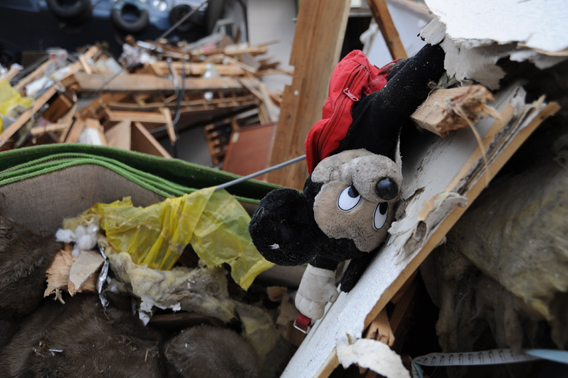
OFUNATO, Japan (March 15, 2011) A Mickey Mouse doll lies among debris in Ofunato following a 9.0 magnitude earthquake and subsequent tsunami. (U.S. Navy photo by Mass Communication Specialist 1st Class Matthew M. Bradley/Released)
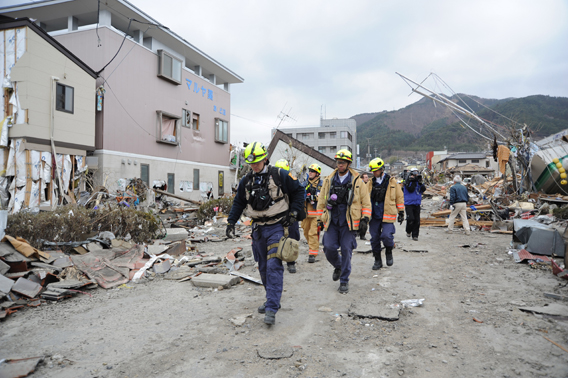
OFUNATO, Japan (March 15, 2011) Members of Virginia Task Force 1 from the Fairfax County Fire and Rescue Department search for survivors in Ofunato, Japan, following a 9.0 magnitude earthquake and subsequent tsunami. Teams from the United States, United Kingdom and China are assisting in the search for missing residents. (U.S. Navy photo by Mass Communication Specialist 1st Class Matthew M. Bradley/Released)
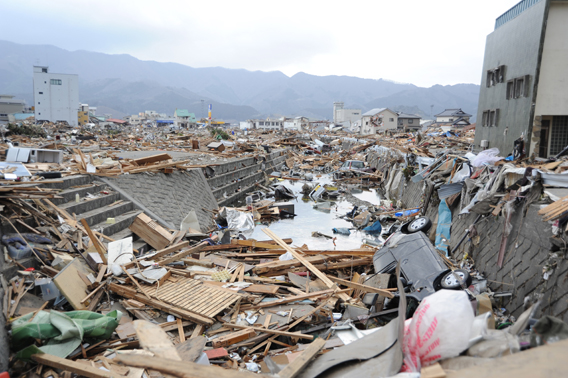
OFUNATO, Japan (March 15, 2011) Vehicles and debris line a canal in the downtown area of Ofunato, Japan, following a 9.0 magnitude earthquake and subsequent tsunami. (U.S. Navy photo by Mass Communication Specialist 1st Class Matthew M. Bradley/Released)

OFUNATO, Japan (March 15, 2011) A fishing boat is among debris in Ofunato, Japan, following a 9.0 magnitude earthquake and subsequent tsunami. (U.S. Navy photo by Mass Communication Specialist 1st Class Matthew M. Bradley/Released)
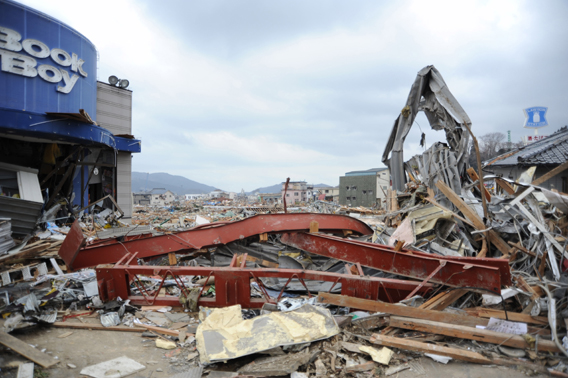
OFUNATO, Japan (March 15, 2011) The city of Ofunato, Japan, is severely damaged by a 9.0 magnitude earthquake and subsequent tsunami. (U.S. Navy photo by Mass Communication Specialist 1st Class Matthew M. Bradley/Released)
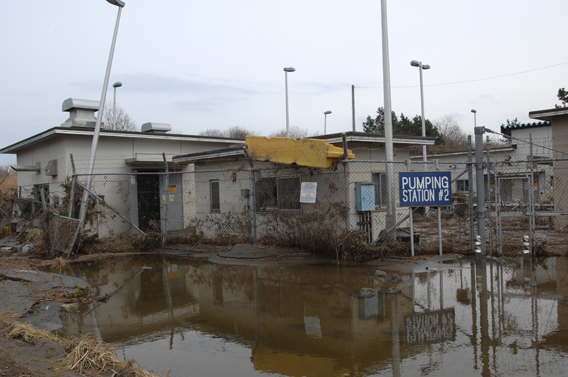
MISAWA, Japan (March 15, 2011) Pumping Station 2 at Fleet and Industrial Supply Center Yokosuka Defense Fuel Support Point Hachinohe was damaged when a tsunami triggered by a 9.0 magnitude earthquake swept through the facility. (U.S. Navy photo by Chief Mass Communication Specialist Daniel Sanford/Released)
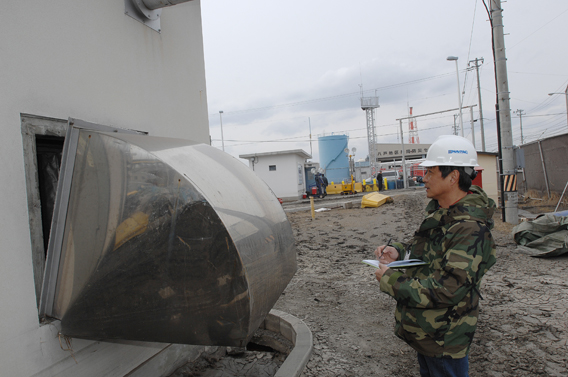
MISAWA, Japan (March 15, 2011) Ariel Genido, requirements branch head at Naval Facilities Engineering Command Far East, Det. Atsugi, assesses the damage to Fleet and Industrial Supply Center Yokosuka Defense Fuel Support Point Hachinohe. A tsunami triggered by a 9.0 magnitude earthquake damaged the facility. (U.S. Navy photo by Chief Mass Communication Specialist Daniel Sanford/Released)
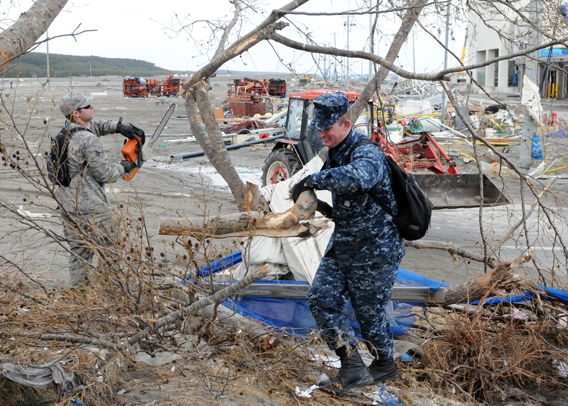
MISAWA, Japan (March 15, 2011) Mineman Seaman Alexander Weber, from Cave Creek, Az., assigned to Naval Air Facility Misawa, and Senior Airman Phil Sechrist, from Los Angeles, assigned to Misawa Air Base, clear downed trees from a park at the Misawa Fishing Port. (U.S. Navy photo by Mass Communication Specialist 2nd Class Devon Dow/Released)
page 1 | page 2 | page 3
Related articles
Before-and-after tsunami satellite pictures
(03/15/2011) Google released satellite images revealing the devastation caused by the March 11 tsunami in Japan.
Japan’s earthquake disaster may boost rainforest logging in Borneo
(03/13/2011) Malaysian loggers say Japan’s recovery from last week’s devastating earthquake and tsunami will boost demand for rainforest timber, reports the Borneo Post.
Is Japan’s tsunami linked to climate change?
(03/11/2011) Could the earthquake that triggered Japan’s devastating tsunami be linked to climate change? The short answer is probably not, but recent research suggests that changing climate has the potential to influence earthquakes in some parts of the world